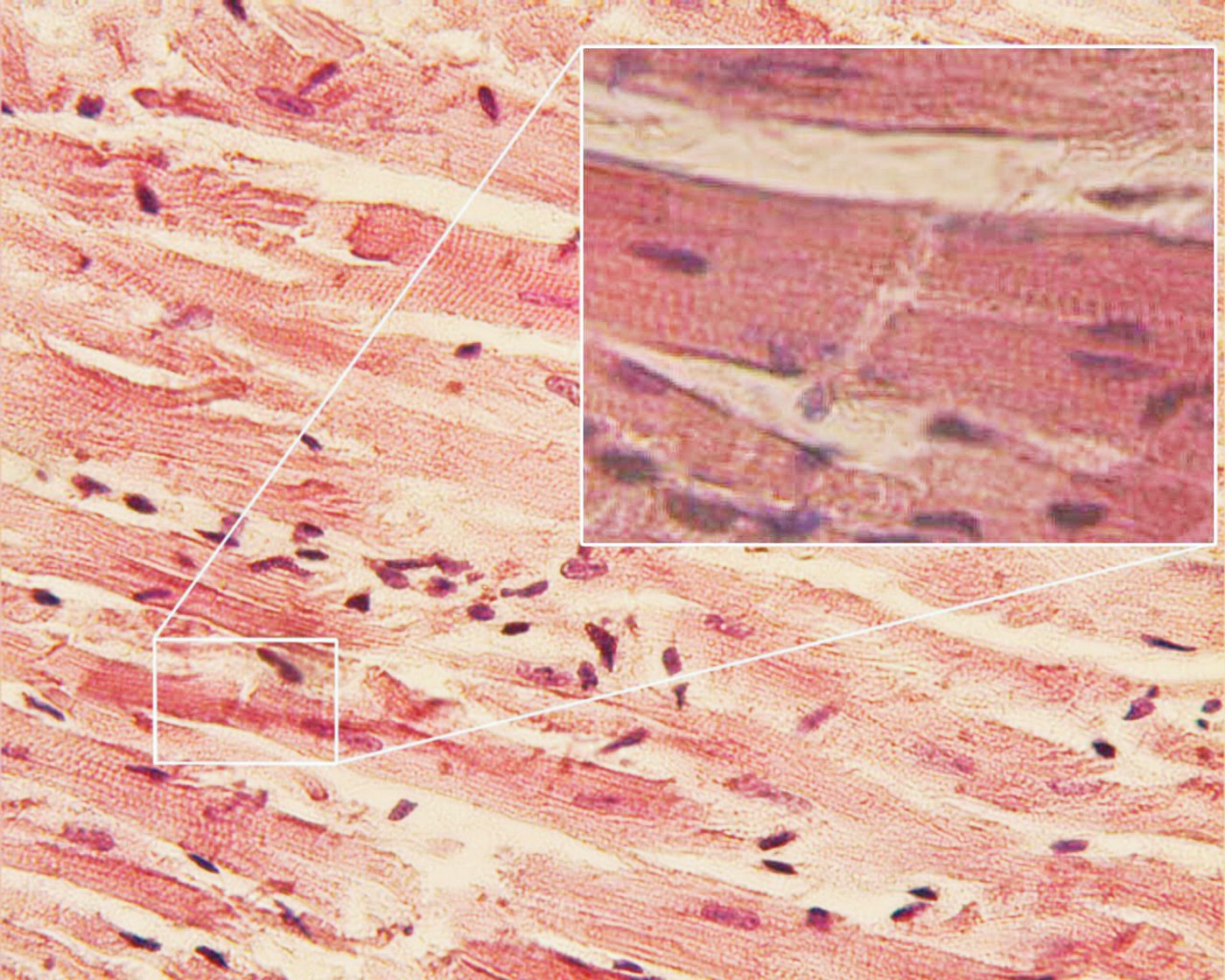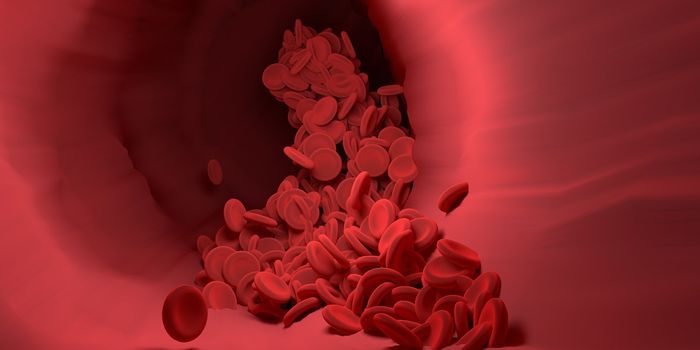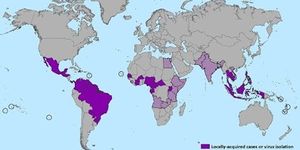Proteins responsible for the pumping force of the heart beat and muscle cell contraction appear to cluster together in intercalated discs in an extremely organized fashion. Scientists from the NYU Langone Medical Center have produced never-before-seen images of the protein cluster distribution and could potentially translate the patterns into indicators of increased risk for dangerous heart arrhythmia conditions.
According to their images, obtained at “nanometer resolution” with ion beam-scanning electron microscopy from the intercalated discs of mice, if the protein cluster spacing is disturbed by even a billionth of a meter, an irregular heart beat can result. Senior investigator Mario Delmar, MD, PhD, plans to study human cells next to see if this characteristic remains true in the intercalated discs of human heart cells.
"The closeness of the proteins is probably essential to coordinating the electrical properties of the heartbeat," said co-corresponding author of the study published in
Nature Communications, Eli Rothenberg, PhD.
The intercalated discs contain clusters of cadherins and sodium ion channels, responsible for pumping force and heart muscle cell contraction, respectively. Mutations can alter their clustering organization to the point where proteins cannot effectively communicate with each other, and they fail to keep the heart pumping in synchrony.
Delmar’s ultimate goal is to create a blood test to easily test for abnormal intercalated disc clustering to help more people determine their risk for developing an arrhythmia. His current studies with mouse cells and future studies with human cells already provides insight into diagnosing heart disease risk. Delmar is especially interested in identifying where protein cluster organization parameters fall on a spectrum of heart disease risk. Depending on individual cases of cluster proximity, health professionals could assign varying degrees of risk to patients.
"Assessing risk for arrhythmia based on real-time, structural analysis instead of guesswork based on heredity would represent a major advance," said Delmar.
Source:
NYU Langone Medical Center / New York University School of Medicine









